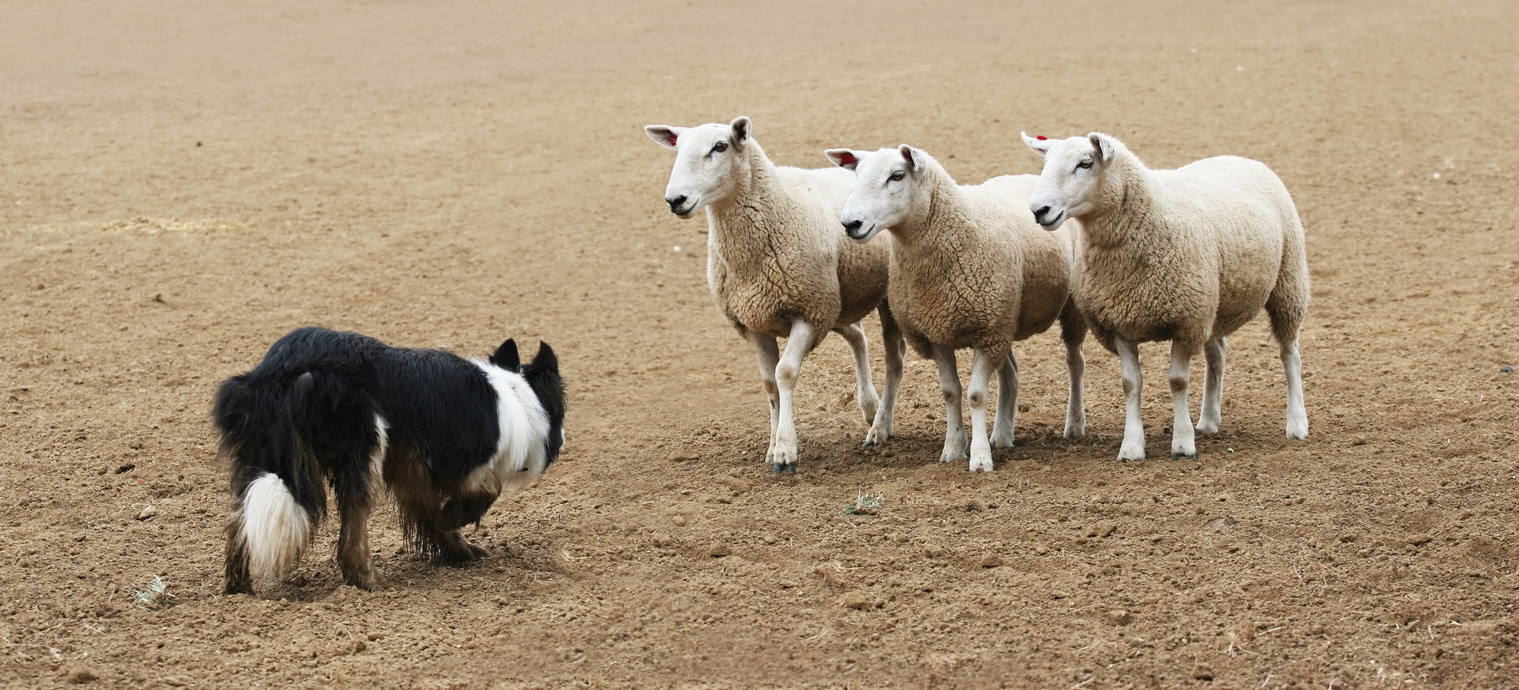Laurie's Blogs.
Apr 2023
The Sneaky Patella - Lessons Learned

Ruby is a young border collie pulling up lame when out running. She will hike up the leg, hop about, and when the owner rubs her quads she’ll let the leg down and then go off running again. The first time it happened was a sudden onset, where the owner found the dog curled in a ball in the snow unwilling to move. She was taken to the vet, they did an exam and an x-ray. Both of which were inconclusive.
So she comes to the clinic. I didn’t see this dog the first time, but I did on a subsequent appointment, as the first therapist asked for my opinion. The videos of how the dog would move (in and out of lameness) were ‘textbook’ patellar luxation. However, the other therapist couldn’t find that to be the issue. On my examination, I couldn’t get the patella to luxate either – medially or laterally. I checked the ‘weird and wonderful’ thinks (long digital extensor, proximal gastrocs and fabellae, collaterals, pes anserinus, etc). I thought ‘maybe’ there was some tenderness on the lateral fabella. But subsequent testing showed diminishing pain.
Then, when looking to film where to palpate for lateral fabellar pain, I moved out of the way (to sit a bit farther behind the dog). She extended her hip out, her knee was straight, and just as I was going to palpate the fabella (for the camera) her patella luxated medially. <> What the heck!!! It was repeatable in this position. By then the dog was comfortable and relaxed I could luxate the patella with her hip in a neutral range. But, if she tensed up even just a wee bit… then nothing moved. It was a perfect patella. And I do mean just a tiny bit of muscle tension!!!
It was a patella that had eluded the vet, a physio, and me, another physio. I only get to claim success because of an accident! However, the lesson to learn is 1) keep testing, 2) try with a different leg position (full hip extension puts more tension on sartorius which has some fascial attachment to the retinaculum on the medial side of the patella), 3) the dog needs to be relaxed, 4) take a video! (Actually that’s a true one, I did get the owner to take a video of me being able to luxate the patella incase the dog eludes the surgeon we are referring her to as well.)
This case actually reminded me of two others I’d like to share as well.
Bones was a young Cane Corse with knee pain. Patellar pain to be specific. However, again, I could not get his patella to luxate. He did have pain with palpation around the patella and with compression of the patella. By all accounts, patellar luxation made the most sense.
I accidentally found his patellar luxation when internally rotating his hip (with his stifle at 90 degrees). When I reassessed for the luxation with his stifle in flexion, I could reproduce it. It is so far the one and only medially luxating patella I’ve ever found in a flexed position. I’m thinking he has patella alta that contributed to this finding.) This poor owner also had difficulty convincing the surgeon on how I found the luxation (despite me sending a note).
The third case was a nervous little Chihuahua. I don’t remember her name, but it took me forever to get the dog calm enough to do a proper patellar luxation test. I remember doing it in standing, with slight hip extension. It seriously took most of the appointment just to get the dog relaxed enough for me to get a positive test,
I referred the dog back to the vet, with my assessment that the dog should see an orthopaedic surgeon. The orthopaedic surgeon didn’t find the luxation. So, they dropped it. However a year later, the dog returned to the clinic, with a very awkward gait and stance that had developed over the year. By now, the luxation would be obvious to anyone that attempted to test the dog. THAT was when the surgeon found the luxation and did surgery.
So… I guess the moral of these stories is that if it looks patellar, smells patellar, tastes patellar… and you can’t find any other culprit, then keep testing in different positions, and/or with the dog as relaxed as possible.
And that’s your lesson for the week!


